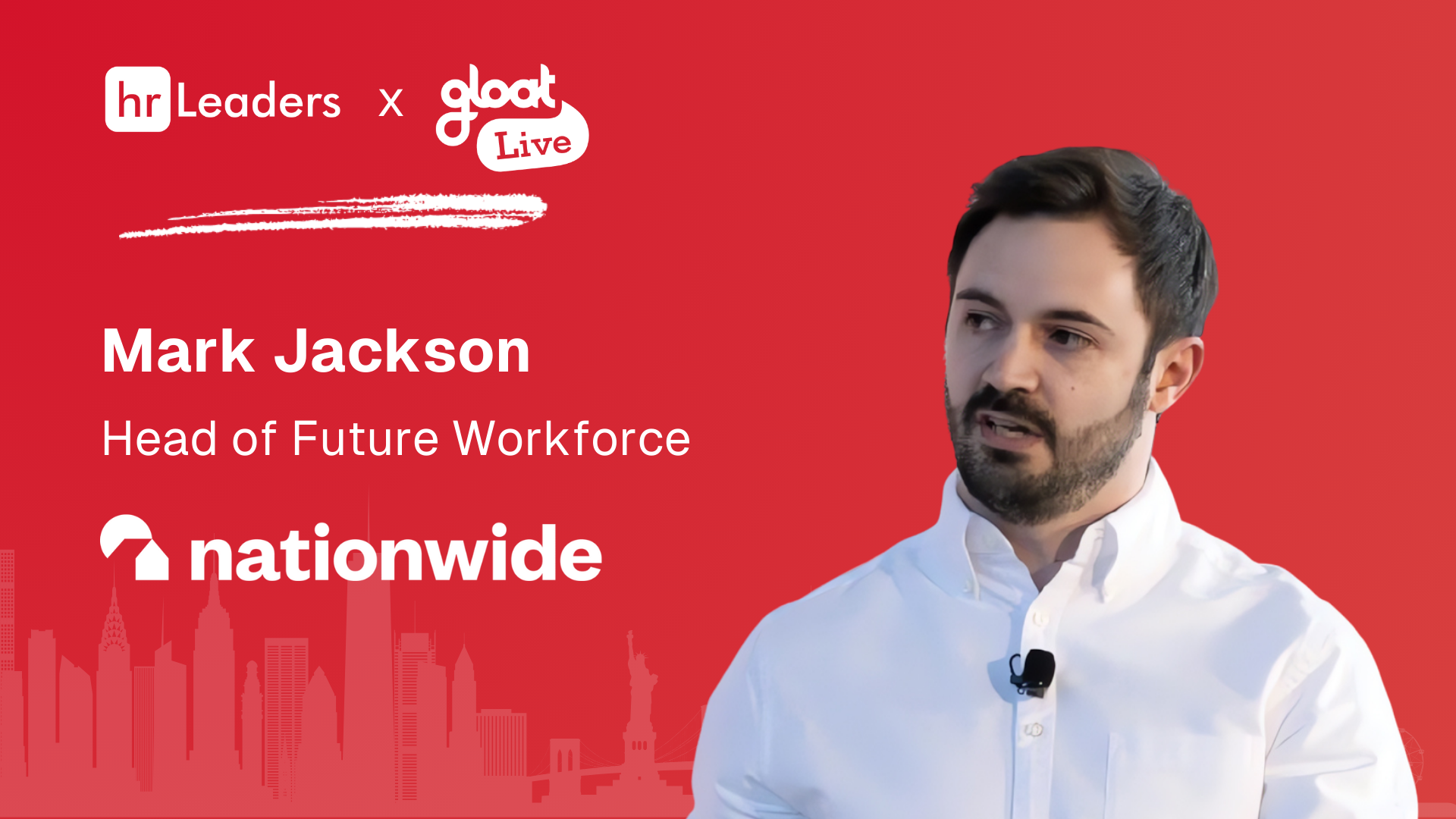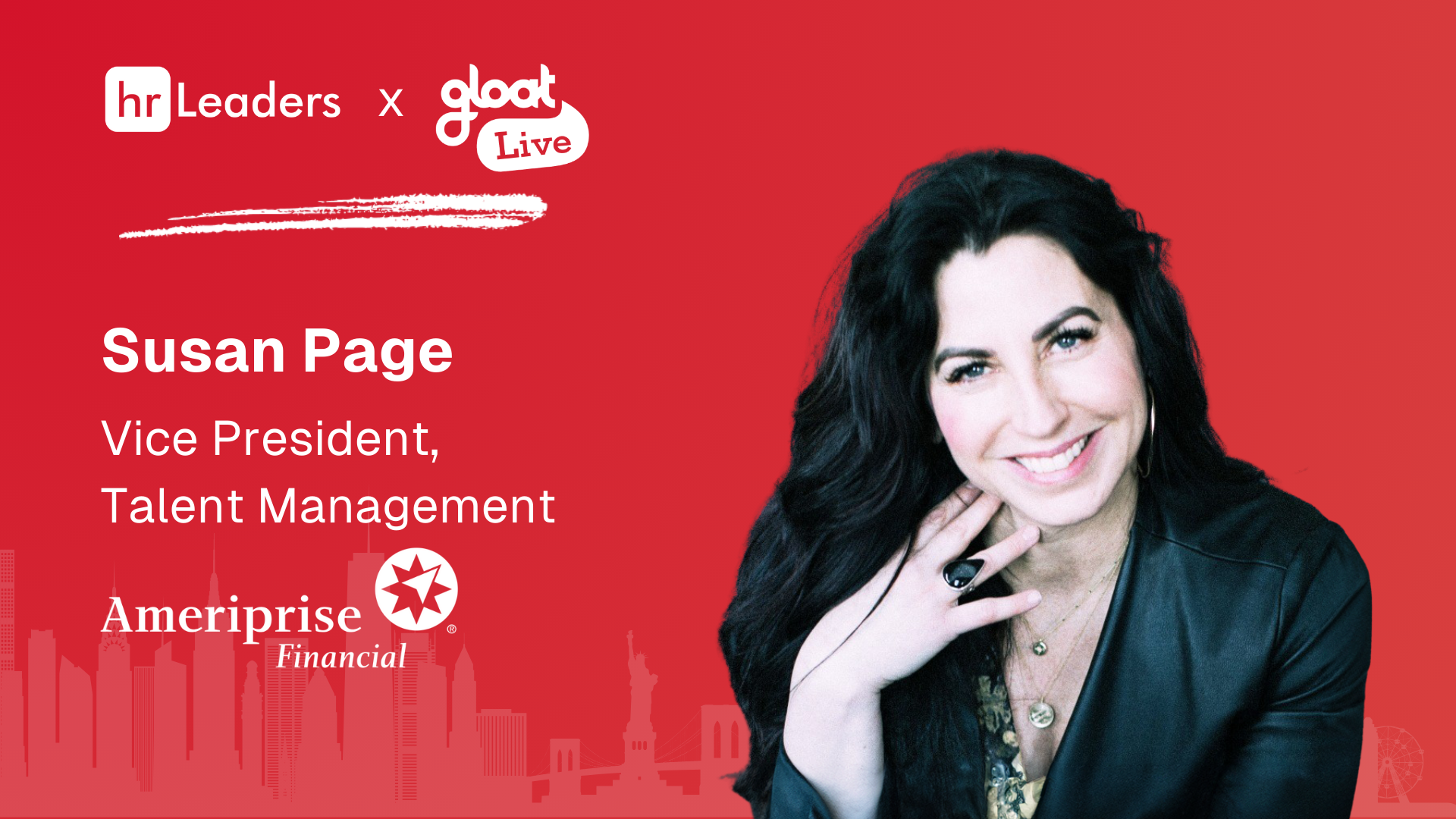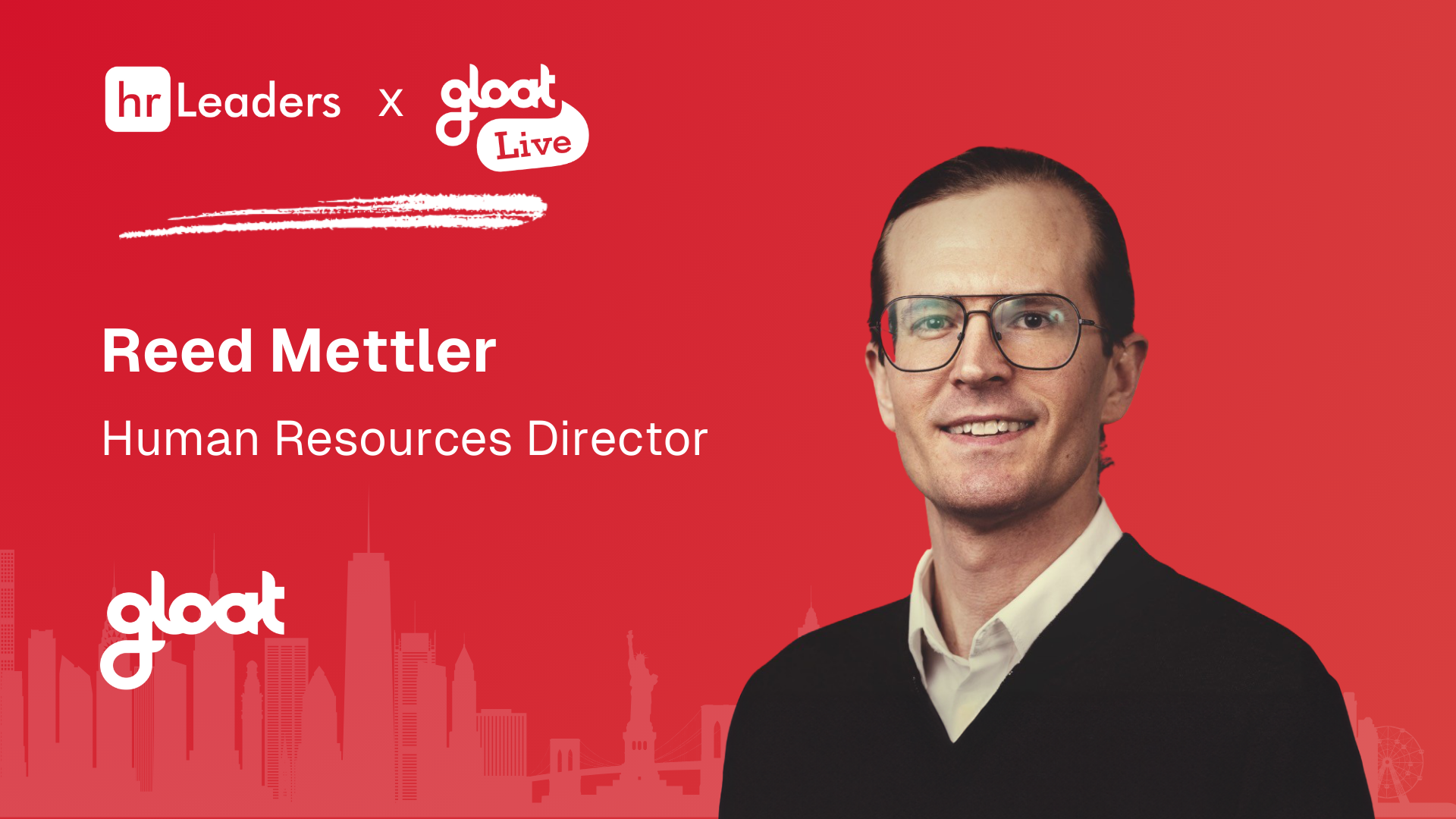Gain insights into building agile, skills-based organizations that harness AI-powered workforce intelligence to enhance talent mobility, bridge skills gaps, and future-proof your workforce.
No fluff—just real talk, bold ideas, and actionable insights to propel your organization forward.
Lucrecia Borgonovo, Chief Talent and Organizational Effectiveness Officer at Mastercard
Key Points:
How AI enhances the entire employee journey, from hiring to retiring and even rehiring
Why automation frees recruiters to focus on relationships, not admin
How people-first systems boost speed, personalization, and long-term engagement
Patricia Frost, Chief People and Places Officer at Seagate
Key Points:
Why AI transformation starts with people, not platforms
How Seagate builds AI fluency from the factory floor to the C-suite
Why investing in your existing team fuels truly inclusive innovation
Jeff Schwarz, VP Insights and Impact at Gloat
Key Points:
Why HR must connect the dots between disruption, skills, and AI transformation
How co-creation with companies fuels smarter, people-centered innovation
Why 2025 demands integrated strategies that link people, technology, and work design
Johanna Bolin Tingvall, Global Head of GreenHouse - Learning & Development, Talent Growth & CommunityX at Spotify
Key Points:
How AI-powered tools like Scout and Echo unlock hidden talent and mobility
Why internal platforms must balance employee growth with business needs
How Spotify replaced outdated succession models with dynamic, data-driven discovery
Federico Cohen Freue, SVP AI & Data Operations at Mastercard
Key Points:
How Mastercard uses AI to make commerce safer, smarter, and more personal
Why AI strategy must start with practical tools that empower employee productivity
How role-specific agents and knowledge access drive inclusive, scalable transformation
Watson Stewart, Global Head of Talent at Standard Chartered
Key Points:
Why the cost of “buying skills” drove a shift to building them internally
How Standard Chartered maps “sunset” jobs and reskills for “sunrise” roles
Why skills strategy must be both a talent and financial decision
Susan Podlogar, Former Chief HR Officer at MetLife
Key Points:
Why unlocking human potential means seeing every employee as high potential
How talent marketplaces break down hierarchy and surface hidden strengths
Why energy - not titles - should guide leadership, growth, and transformation
Laure Tournefier, SVP Global HR Strategy at Terumo
Key Points:
Why breaking down silos was key to building “One Terumo” through a global talent marketplace
How phased adoption - starting with 5,000 employees - drove early success in R&D and HR
Why measuring connection, development, and internal mobility proves the business value of talent platforms
Mark Jackson, Head of Future Workforce at Nationwide
Key Points:
Why a shared skills taxonomy is essential for effective workforce planning
How Nationwide connects supply and demand for skills through internal visibility
Why strategic workforce planning must align with career mobility to truly transform work
Susan Page, VP Talent Management at Ameriprise Financial
Key Points:
Why breaking free from rigid competencies unlocks more inclusive mobility
How leadership buy-in, from boards to CEOs, is essential for transformation
Why true talent innovation starts with partnerships, not just platforms
Jason Averbook, Senior Partner, Global Leader Digital HR Strategy at Mercer
Key Points:
Why AI transformation must start with mindset, not tools
How AI shifts HR from deterministic workflows to probabilistic thinking
Why the future of talent is about optimizing the people chain, not just filling roles
Julia Brandon, Organization Development Director at Lenovo
Key Points:
Why real transformation means testing to failure, not just meeting KPIs
How integration, not spreadsheets, is critical to a successful skills strategy
Why co-creating the future starts with mindset, experimentation, and community
Stephan Meier, Chair of Management Division at Columbia Business School
Key Points:
Why strategy must start with the human-machine relationship, not just the tech
How AI’s true value depends on solving the productivity paradox through people
Why mindset and behavioral science are essential for managing exponential change
Samantha Morris, Organizational Development Partner at Molson Coors
Key Points:
Why a flat org chart makes internal mobility and development more urgent
How Molson Coors uses “Untapped” to democratize access to projects, gigs, and mentors
Why building a business case starts with knowing the true cost of lost talent
Reed Mettler, HR Director at Gloat
Key Points:
Why Gloat “plays with its own product” to drive culture, learning, and experimentation
How AI frees up space for human connection, creativity, and deeper trust at work
Why HR’s future depends on embracing new tools, with a mindset of curiosity and play
Lyndon Llanes, Associate Director, People Analytics at Verizon
Key Points:
Why skill-based systems can clash with legacy architectures, compensation, and compliance
How people analytics enables transformation - without breaking what already works
Why clear expectations and use-case precision are essential for scaling skills strategy
Casey Thomas, VP Global Learning, Development, & Performance at Seagate
Key Points:
Why Seagate blends strategic and tactical learning to meet fast-changing business needs
How their talent marketplace fuels mobility by connecting employees to roles they didn’t know existed
Why enabling people to follow their passions inside the org drives both retention and results
Jessica Hayley, Principal at The Hackett Group
Key Points:
Why AI is HR’s chance to shift from administration to strategy—not reduce headcount
How resume screening, talent acquisition, and L&D are early wins for generative AI
Why network-based referrals still matter, even more, in an AI-driven hiring landscape
Ryan Laverty, Presidnet & Co-Founder at Arist
Key Points:
How Arist uses AI and messaging platforms to deliver learning in the flow of work
Why speed, attention, and simplicity are critical to upskilling at scale
How 3-minute course creation and mobile-first delivery are redefining modern L&D
Oliver vanKerk, Former SVP Human Capital Analytics & Technology at UnitedHealth Group
Key Points:
Why employee experience, not just efficiency, was the core driver for HR tech investment
How stagnant engagement and internal mobility challenges built a business case for change
Why clear ROI, from reduced severance to smarter learning spend, secured C-suite buy-in























